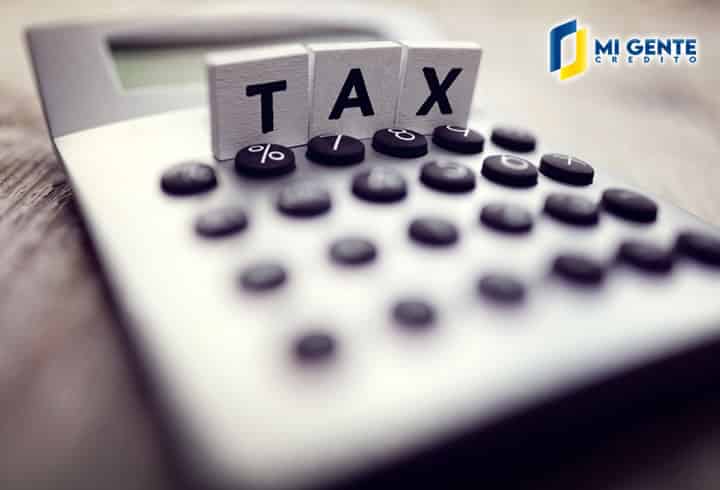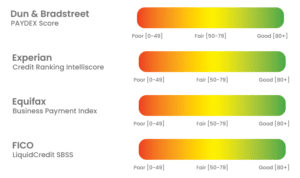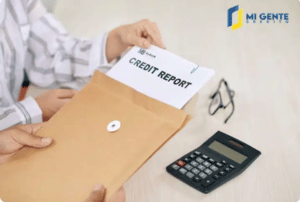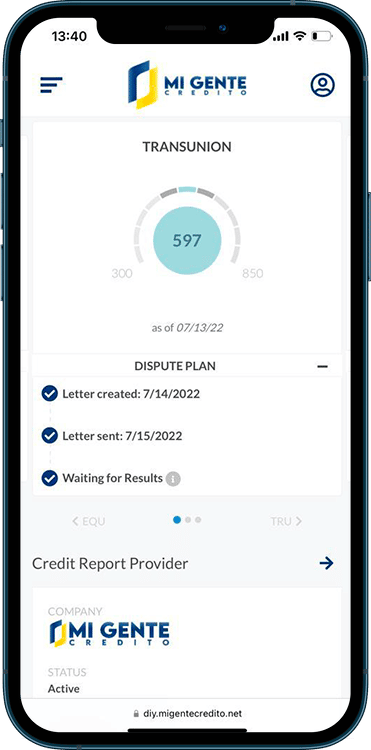When you start making payments for tax purposes, it is important to find ways to make the process easy and fast, here are some great tips for beginners.
6 tips for first-time tax filers
Filing your federal tax return can be intimidating, but you can take tax season a step further and help first-timers looking to take advantage of opportunities to save money and avoid wasted time.
Tip #1. Track your earnings
If you reach or exceed a certain level of income during the year, you should file a tax return. If you have a job, check your salary details to see how much you “used to” earn, and if you have more than one job, be sure to add up the income you received from all employers. Remember to include income from other sources as well, such as money you earn from rental properties, anything you sell, investments or interest.
Tip #2. Keep all records throughout the year
Keep track of your tax-related documents throughout the year to make tax season easier. You may want to keep receipts, such as charitable donations, medical and work-related expenses, or other items from step 4.
You may also want to keep statements for student or investment loans and any grants or scholarships. Once they are comfortable and organized, you can decide if you want to go deeper and simplify the process. This way, you can save on paperwork after you file your taxes. The IRS recommends keeping records for at least three years.
Tip #3. Keep a record of income documents
Forms have been received showing the amounts you received from employers and other sources of income in January or February. If you are full-time, you will receive a W-2 form showing your income and taxes withheld.
If you are self-employed or a contract worker, you may have received a Form 1099-NEC, which shows your income. You may also receive documents showing dividends or interest earned on investments (such as Form 1099-DIV or 1099-INT) or interest you paid on student loans (Form 1098-E).
If you are a college student (or have dependents), you will receive a Form 1098-T that lists the tuition you paid and any amounts you received from grants or scholarships to help you figure deductions and related tuition costs.
Tip #4. Know your credits and deductions
Knowing what credits and deductions may apply can help you find the right documents. Here are some factors to consider:
Savings credit: If you are not a full-time student and have no dependents, you may be eligible for a tax credit if you make contributions to a pension plan. The amount of the credit depends on your filing status and adjusted gross income.
If you filed as single and your adjusted gross income is $29,000 or less, you may be eligible for tax year 2023. You may be eligible if you file a joint return and your adjusted gross income is no more than $69,000.
However, these amounts may change in later tax years. Student loan interest. Depending on your revised adjusted gross income, you can deduct up to $2,500 in interest.
Donation deduction: Donate to your favorite charity or alma mater? Generally, you can deduct qualifying charitable contributions on your tax return.
Self-employment expenses: If you’re self-employed, you can claim deductions for work-related expenses, such as business subscriptions or office supplies.
Tip #5: Pay attention to your deadlines
After you receive your tax documents in January or February, you have about two months to prepare your tax return before the usual April 15 deadline.
Plan when you start your filing and make sure it’s as early as possible so you can schedule a meeting or two if you need time to find additional documents or get help; in general, experts recommend filing as soon as possible. The sooner you file, the better your chances of avoiding tax-related identity theft, a crime that is on the rise. Plus, if you’re expecting a refund, you’ll get it sooner.
Tip #6. Choose how to file your return
There are many ways to prepare your tax return, which are described below so you can choose the one that best suits your needs:
Free tax filing: if your adjusted gross income is below a certain threshold, the IRS offers free tax preparation software that simplifies tax filing and includes features that can help you determine deductions or credits you may be entitled to.
IRS online forms: If your adjusted gross income is above this threshold, the IRS has paper forms that can be calculated electronically, but they will only provide basic guidance and will not provide the same help in determining which deductions or credits you do or do not take.
Tax preparation software: If you need more guidance, you can pay to use these online tools, there are a variety of considerable providers available. They will explain how to prepare your taxes and you can use them to determine which deductions or credits you may be entitled to.
Tax advisor: If you feel you need personalized expert help, you can turn to a tax advisor or accountant. Remember to have someone you trust with you, as he or she will have full access to a lot of sensitive personal information. This is sensitive but necessary, so choose your tax professional carefully.
The IRS maintains a directory of verified tax preparers, these can really help you find a tax preparer in your area. While this does not guarantee your trustworthiness, it is a very good starting point.







